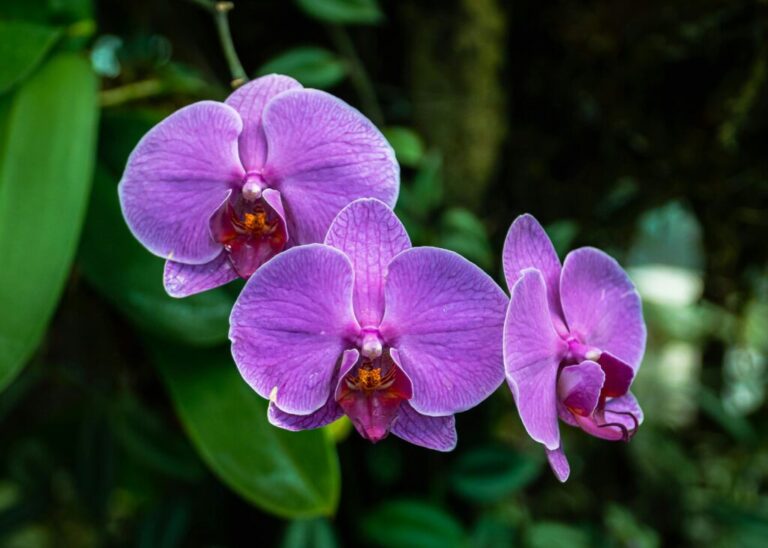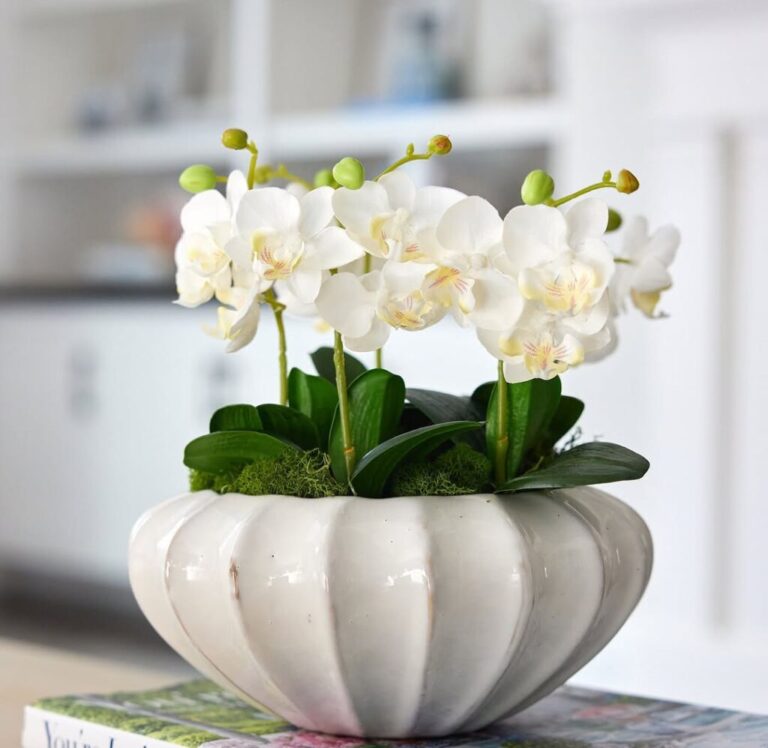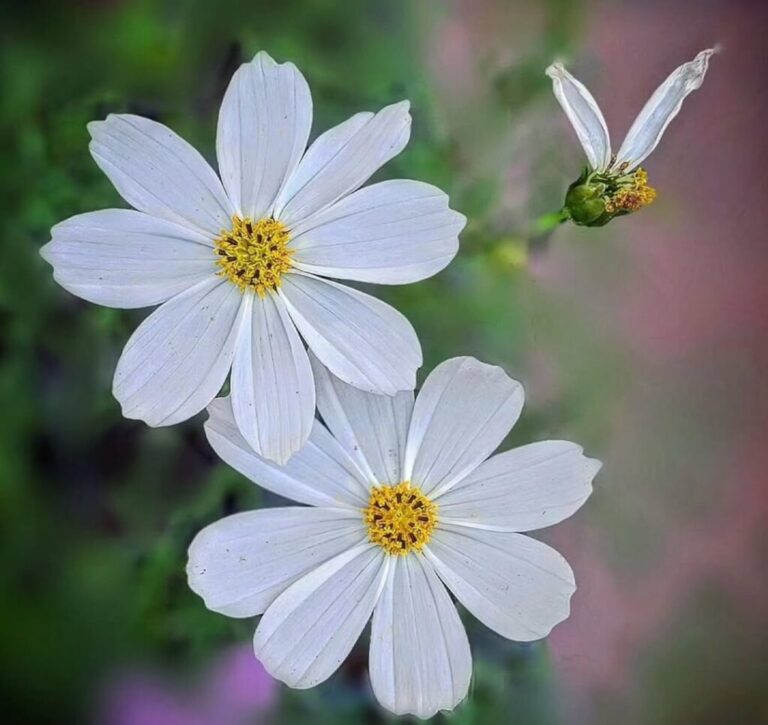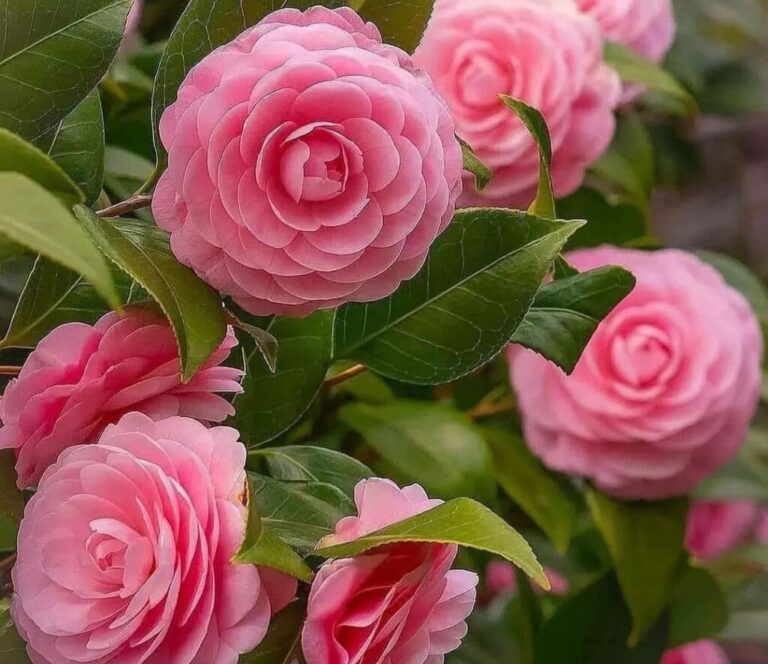- 1 1. Overwatering Your Orchids
- 2 2. Using the Wrong Type of Water
- 3 3.Watering during the incorrect time of day
- 4 4. Using the Wrong Watering Method
- 5 Best Watering Methods:
- 6 5. Ignoring Humidity Levels
- 7 How to Maintain Ideal Humidity:
- 8 6. Not Adjusting Watering Frequency by Season
- 9 Seasonal Watering Guidelines:
- 10 7. Watering Too Frequently
- 11 8. Ignoring Root Health
- 12 9. Not Considering Orchid Species
- 13 10. Using a Poor Drainage System
- 14 Orchid Watering Timetable
- 15 Final Thoughts
- 16 FAQS
Orchids are one of the most beautiful and exotic flowers you can grow at home, but they can also be quite finicky, especially when it comes to watering. Many orchid owners make common watering mistakes that lead to root rot, dehydration, or poor blooming. To help you keep your orchids healthy and thriving, this guide will cover the ten biggest orchid watering mistakes and how to avoid them. Follow these best practices to ensure your orchids get the perfect balance of hydration.
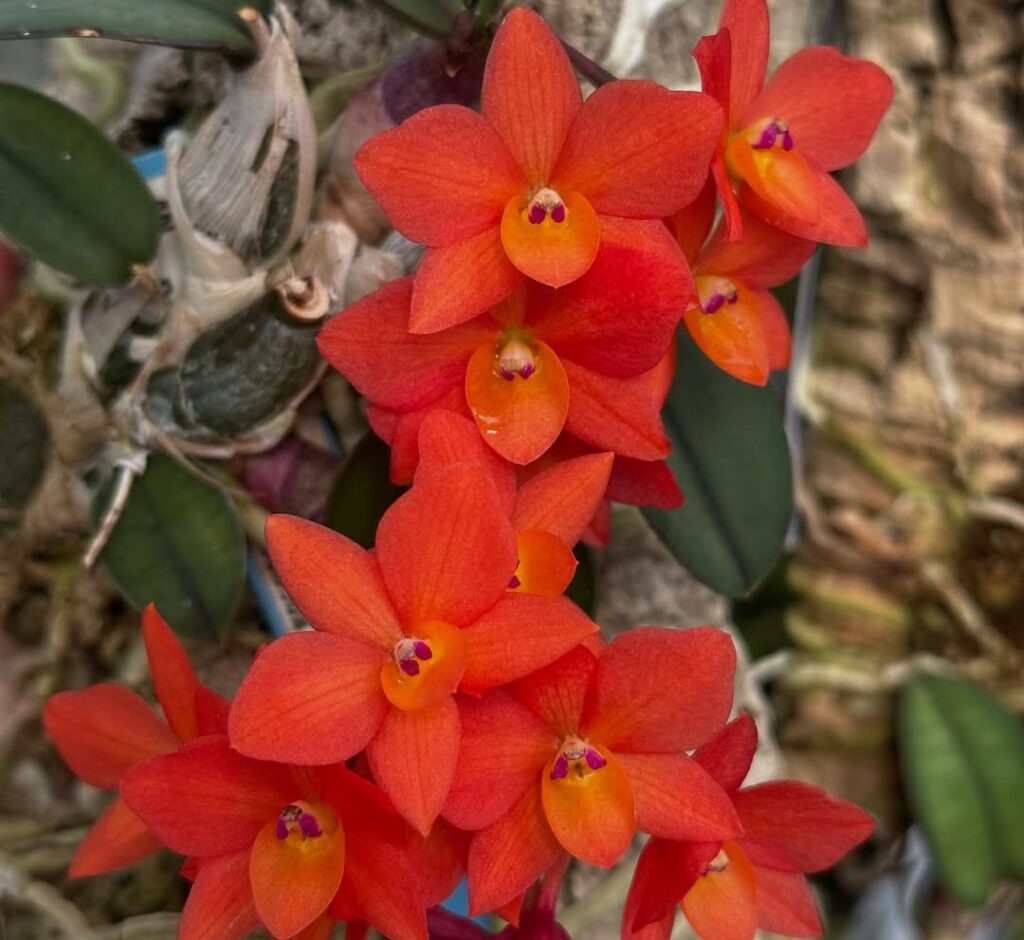
1. Overwatering Your Orchids
One of the most common orchid watering mistakes is overwatering. Orchids, especially Phalaenopsis, have roots that are highly sensitive to excessive moisture. Overwatering suffocates the roots, causing them to rot. When the roots decay, the orchid cannot absorb nutrients or water properly, leading to a wilted and unhealthy plant.
How to Avoid Overwatering:
Water your orchids only when the top layer of the potting mix feels dry.
To let extra water out, use a pot with drainage holes.
The orchid shouldn’t be left in standing water.
Tip: A good rule of thumb is to water orchids once a week in warm weather and every 10–14 days in cooler months.
2. Using the Wrong Type of Water
Another frequent orchid watering mistake is using the wrong kind of water. Tap water often contains chlorine, fluoride, and other chemicals that can harm your orchid’s roots over time. Additionally, hard water with a high mineral content can lead to salt buildup, preventing proper nutrient absorption.
How to Avoid This Mistake:
For optimal effects, use filtered water, distilled water, or rainfall.
Allow the chlorine to dissipate if you’re using tap water by leaving it overnight.
Flush the orchid’s potting mix occasionally to remove excess salts.
Tip: If you notice white crusty deposits on your orchid’s roots or potting medium, it may be a sign of mineral buildup. Rinse the potting mix with clean, distilled water to remove it.
3.Watering during the incorrect time of day
Watering orchids at the wrong time of day is a mistake that many beginners make. Watering at night can leave the plant damp for too long, increasing the risk of fungal infections. Conversely, watering in the middle of the day, especially in hot conditions, can cause rapid evaporation before the roots absorb enough moisture.
Best Time to Water Orchids:
Water your orchids early in the morning so they have time to dry before nightfall.
Make sure there is enough airflow to aid in the effective drying of the roots and leaves.
Avoid watering late in the evening.
Tip: Always check the forecast before watering—if it’s humid, your orchid may not need water as frequently.
4. Using the Wrong Watering Method
Some orchid owners mistakenly use improper watering methods, leading to uneven hydration or root rot. Spraying orchids lightly with a mist bottle may not provide enough moisture, while soaking the entire pot for too long can suffocate the roots.
Best Watering Methods:
The soak-and-drain method: Pour water over the roots until it drains out, ensuring thorough hydration.
Ice cube method (for Phalaenopsis orchids): Place one or two ice cubes on the potting medium once a week for slow moisture absorption.
Dunking method: Submerge the pot in a bowl of water for 5–10 minutes, then drain thoroughly.
Tip: Avoid getting water trapped in the orchid’s crown, as this can lead to crown rot. To absorb any extra moisture, use a paper towel.
5. Ignoring Humidity Levels
Orchids thrive in humid environments, and failing to maintain proper humidity levels is a common orchid watering mistake. If the air is too dry, your orchid may struggle to absorb enough moisture from its surroundings.
How to Maintain Ideal Humidity:
Use a humidity tray filled with pebbles and water beneath the orchid pot.
Mist your orchids lightly in the morning (but don’t rely on misting as the sole source of hydration).
Use a humidifier to maintain an optimal humidity level of 50–70%.
Tip: Keep your orchids away from heating vents and air conditioners, as they can dry out the air.
6. Not Adjusting Watering Frequency by Season
Watering your orchids the same way year-round is a critical orchid watering mistake. Orchids require less water during winter when they enter a resting phase, while they need more hydration during their active growing season.
Seasonal Watering Guidelines:
Spring & Summer: Water every 5–7 days, depending on humidity levels.
Fall & Winter: Water every 10–14 days to prevent overwatering.
Tip: Always monitor the roots and leaves—if they look shriveled, increase watering slightly; if they appear mushy, reduce watering.
7. Watering Too Frequently
Some orchid owners mistakenly believe their plant needs daily watering. However, orchids prefer a wet-dry cycle, meaning their roots should dry out between waterings. Watering too frequently suffocates the roots and encourages fungal diseases.
How to Avoid This Mistake:
Use the “finger test”—stick your finger into the potting mix about an inch deep. If it’s still damp, wait before watering.
Choose a well-draining orchid potting mix made of bark, sphagnum moss, or perlite.
Tip: If you’re unsure, it’s better to underwater than overwater—orchids can survive slight dryness better than prolonged excess moisture.
8. Ignoring Root Health
One of the biggest orchid watering mistakes is neglecting to check root health. Healthy roots are firm and green or silver, while unhealthy roots turn brown, mushy, or dry out completely.
Methods for Tracking Root Health:
Repotte orchids to new potting mix every 1-2 years.
Trim dead or rotten roots before repotting.
Use a transparent pot to easily monitor root conditions.
Tip: If you see mold or a bad odor from the roots, it’s a sign of excessive moisture and possible rot—reduce watering immediately.
9. Not Considering Orchid Species
Different orchid species have different watering needs. Treating all orchids the same way leads to mistakes in hydration.
Watering Needs for Common Orchid Types:
Phalaenopsis: Water weekly, allowing roots to dry slightly.
Cattleya: Needs less frequent watering, about every 7–10 days.
Vanda: Requires daily misting or soaking due to its air-exposed roots.
Tip: Research your specific orchid species to provide the best care.
10. Using a Poor Drainage System
Poor drainage is a serious orchid watering mistake that leads to stagnant water and root rot. Orchids require a potting mix and container that allows water to drain efficiently.
How to Improve Drainage:
Use pots with drainage holes—avoid decorative pots without them.
Choose an airy, well-draining potting mix, such as bark or coconut husk.
Place a layer of pebbles at the bottom of the pot for extra drainage.
Tip: If your orchid’s roots stay wet for too long, consider switching to a more breathable container like a mesh or clay pot.
Orchid Watering Timetable
| Season | Watering Frequency | Humidity Level |
|---|---|---|
| Spring | Every 5–7 days | 50–70% |
| Summer | Every 5–7 days | 60–80% |
| Fall | Every 7–10 days | 50–60% |
| Winter | Every 10–14 days | 40–50% |
Tip : Keep a watering journal to track how often your orchids need hydration—it will help you develop the perfect routine!
Final Thoughts
Avoiding these orchid watering mistakes will help your plant thrive and produce beautiful blooms year after year. By understanding the correct watering methods, humidity needs, and seasonal adjustments, you can ensure your orchid stays healthy. Always observe your plant’s condition and adjust your watering routine accordingly routine!
FAQS
What are the most common orchid watering mistakes?
The most common orchid watering mistakes include overwatering, underwatering, using the wrong type of water, and failing to adjust watering based on seasons.
How often should I water my orchid to avoid orchid watering mistakes?
To prevent orchid watering mistakes, water your orchid once a week in normal conditions. However, adjust frequency based on humidity, temperature, and the orchid’s potting medium.


